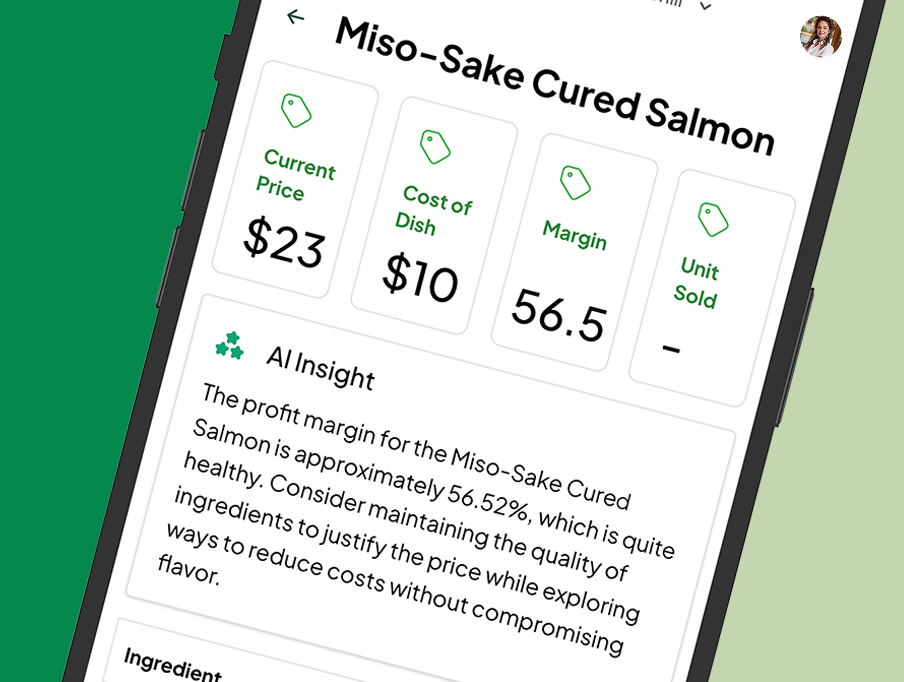In today’s digital world, even small retail businesses need to focus on security and compliance in their daily operations.
Cyber-attacks and government regulations are increasingly targeting small businesses, so it’s important to choose and manage your technology wisely.Why Security and Compliance Matter
A secure and compliant tech setup can prevent data breaches, protect your finances, and keep you in line with government rules. Ignoring these aspects can lead to fines, legal issues, and damage to your reputation. Building a strong security and compliance framework is essential.
Key Security Measures
- Data Encryption: Convert sensitive information into a secure format accessible only by authorized users. Use tools that offer encryption for stored data and data being transferred to protect against breaches.
- Identity and Access Management (IAM): Control who accesses your systems and data. Use multi-factor authentication (MFA) and role-based access control (RBAC) to ensure only the right people have access.
- Vulnerability Management: Regularly check your tech setup for security weaknesses. Use tools to identify and fix vulnerabilities to prevent attacks. Keep all software updated with the latest security patches.
- Endpoint Security: Protect all devices connected to your network with antivirus software, firewalls, and intrusion detection systems. This is especially important with the rise of mobile devices and contactless payments.
- Security Information and Event Management (SIEM): Use SIEM tools to monitor and analyze security alerts in real-time. These tools help identify and respond to suspicious activities quickly.
Key Compliance Measures
- Understanding Regulatory Requirements: Know the regulations that apply to your industry, such as GDPR, HIPAA, or CCPA. These rules dictate how you should handle data protection, privacy, and breach notifications.
- Data Privacy and Protection: Implement measures like data masking and anonymization to protect personal and sensitive information. Establish data retention policies to manage the lifecycle of your data.
- Audit Trails and Logging: Keep detailed records of system activities to demonstrate compliance with regulations. Ensure logs are securely stored and regularly reviewed.
- Third-Party Risk Management: Be cautious when partnering with third-party vendors. Conduct thorough checks to ensure they comply with relevant regulations. Clear contracts outlining security and compliance expectations can mitigate risks.
- Training and Awareness: Regularly train your employees on data protection, privacy policies, and security best practices. A culture of security and compliance encourages vigilance and proactive issue reporting.
Best Practices for Security and Compliance
- Perform a Risk Assessment: Identify potential security and compliance risks before building your tech stack. Prioritize efforts based on the likelihood and impact of various threats.
- Choose Reputable Vendors: Select vendors known for their strong security and compliance track records. Look for comprehensive security features, regular updates, and clear compliance certifications.
- Implement Security by Design: Integrate security into your tech setup from the start. This approach ensures that security measures are built-in rather than added later.
- Conduct Regular Audits and Assessments: Regularly check your tech stack to identify gaps and ensure effective security and compliance measures. Internal and third-party assessments provide valuable insights for improvement.
- Establish Incident Response Plans: Prepare for potential security incidents with a clear response plan. Outline steps for containment, eradication, recovery, and communication with stakeholders.
- Leverage Automation: Use automated tools to streamline vulnerability scanning, patch management, and compliance reporting. Automation improves efficiency and reduces human error.
- Monitor and Adapt: Stay informed about the latest threats and regulatory changes. Continuously monitor your tech stack and be ready to adapt your strategies to address new challenges.
Building a secure and compliant tech stack is essential for retail businesses. By prioritizing security and compliance, you can protect your business from threats, avoid legal issues, and build trust with customers and stakeholders.





